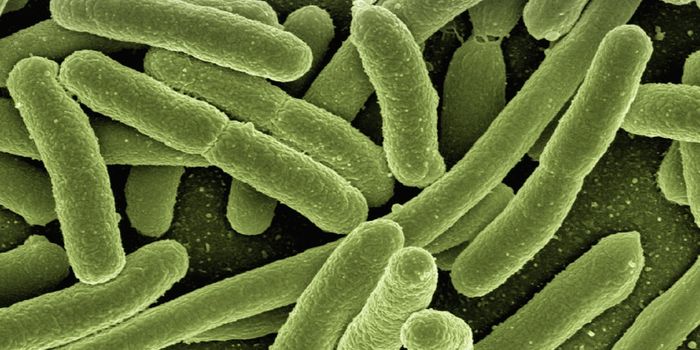Did Sexual Reproduction Originate With Fusion in Archaea?
Sperm and egg cells, or gametes, are unusual. Egg cells are some of the largest cell types, and sperm are some of the smallest. In humans, these haploid cells come together to form diploid cells. It's been hypothesized that the fusion of sperm and egg cells goes back to an ancient cell that could perform a kind of genetic exchange. A new study has suggested that the process of sexual reproduction may have originated in archaea cells, which are microbes that are similar to bacteria but occupy a different branch on the tree of life from both bacteria and eukaryotes. The work has been reported in Nature Communications.
Archaeal proteins that can aid in the fusion of cell membranes could offer insights into how complex life forms that undergo sexual reproduction may have evolved from simple cells, noted study co-author Shunsuke Nishio, a researcher at the Karolinska Institutet.
In plants and animals, there are proteins called fusogens that can regulate the fusion of cells, so that fusion doesn't occur abnormally, when or where it should not, which could lead to disaster for an organism. Archaea, which are thought to have arisen at least 3 billion years ago, can express a protein called Fusexin 1 or Fsx1. This protein is similar to a fusogen called HAP2, which has been found in viruses, plants, and some animals. In plants and animals, HAP2 helps gametes fuse in sexual reproduction.
For this study, the researchers used a variety of tools, including computational evolutionary biology, X-ray crystallography, protein modeling with artificial intelligence-based AlphaFold technology, and functional research to demonstrate that Fsx1 that is expressed by archaea is a real fusogen. Its structure resembles HAP2. Archaea can be tough or impossible to grow in the lab with current techniques. But when archaeal Fsx1 was expressed in another type of cell, it prompted cell fusion.
"Gamete fusion has fascinated mankind for more than 150 years. Since we already knew that HAP2-like proteins are used to fuse the membrane of enveloped viruses (including Zika, dengue and rubella) with host cells, we wondered whether this key molecule originated in a virus and was then repurposed for gamete fusion in plants and animals or the other way around," explained co-corresponding study author Luca Jovine of the Karolinska Institutet.
This research has also raised the possibility that the fusogens found in viruses, plants, and animals are derived from Fusexin1, which could be their ancestral molecule, added Jovine.
Now the researchers are interested in learning more about how Fsx1 functions naturally, and whether it triggers fusion and the exchange of genetic material in archaea. Further work will also be needed to determine how Fsx1 and HAP2 might be linked through evolution.
Sources: Karolinska Institutet, Nature Communications









